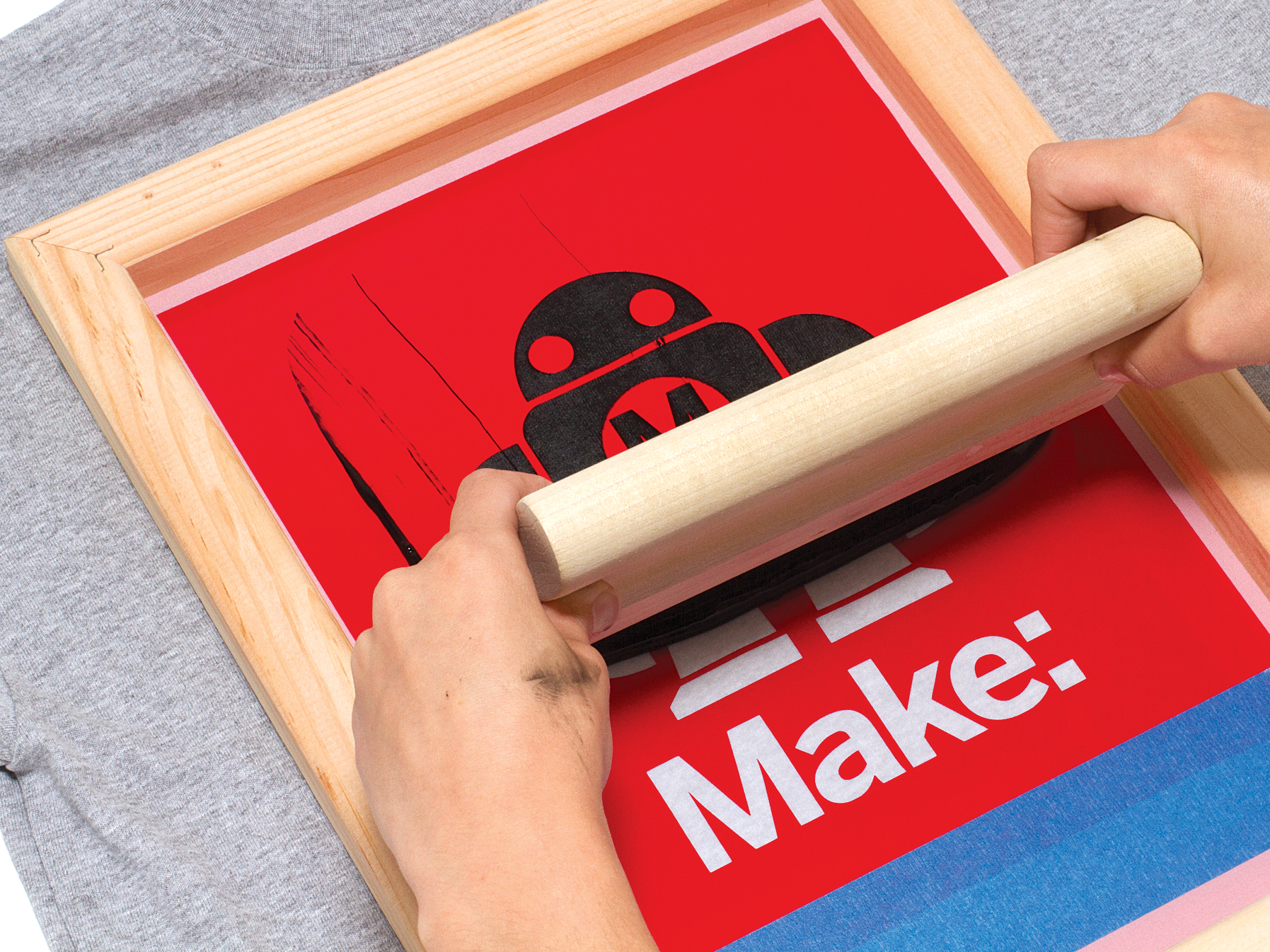ChatGPT said: How to get quick answers through 10:9 Design contact for your next order
The Important Guide to Recognizing Screen Printing and Its Versatile Uses
Screen printing has a rich history that dates back to ancient times, progressing into a sophisticated method made use of across different industries today. This guide explores the ins and outs of the screen printing procedure, describing its applications in home, fashion, and marketing design - 10:9 Design contact. Understanding these fundamentals can open imaginative possibility for both artistic and commercial tasks. The following areas will certainly expose vital suggestions and strategies to improve one's screen printing undertakings
The Background of Screen Printing
Screen printing has origins that trace back centuries, its evolution shows the creative and technical developments of numerous cultures. Coming from in ancient China, the technique was initially utilized for decorating fabrics and later infect Japan, where it became integral to Ukiyo-e woodblock printing. The method moved to Europe in the 18th century, where it got popularity among artisans and commercial printers. The development of image solution in the 20th century transformed screen printing, enabling for even more detailed layouts and higher effectiveness. Artists like Andy Warhol even more pushed its popularity, making use of the medium to develop famous jobs that blended commercialism and art. By the late 20th century, screen printing had established itself as a functional strategy, utilized in fashion, advertising and marketing, and art. Today, it remains to evolve, incorporating electronic technology and broadening its applications throughout various sectors.
The Screen Printing Refine Explained
Screen printing transforms imaginative visions right into substantial designs with a collection of precise steps. At first, a photo is developed and afterwards transferred onto a screen, usually constructed from fine mesh material extended over a structure. A light-sensitive emulsion is used to the screen, which is revealed to light, solidifying in locations not covered by the image. After washing out the unhardened emulsion, a pattern is created.
Next off, the screen is put over the substrate, whether it be fabric, paper, or another material. Ink is after that pressed through the open locations of the stencil using a squeegee, transferring the style onto the substratum below. This procedure can be duplicated for multiple colors, requiring separate displays for each hue. The printed thing is treated using warmth to ensure the ink adheres effectively, resulting in a long lasting, vivid design prepared for use.
Sorts Of Screen Printing Techniques

Additionally, specialized strategies, such as discharge screen printing, get rid of dye from the fabric to develop softer prints, while foil screen printing applies metal aluminum foil to attain a glossy coating (10:9 Design Screen Printing Texas). Each strategy uses distinctive features, providing to numerous creative requirements and manufacturing scales, ultimately broadening the opportunities within the screen printing domain
Applications of Screen Printing in Numerous Industries

Furthermore, the signage and advertising markets make use of screen printing for producing eye-catching displays and banners. This method permits strong shades and detailed designs that record attention. In electronic devices, screen printing is used for using conductive inks to circuit boards, necessary for part links. Additionally, the home decoration industry embraces screen printing to produce unique layouts on textiles and wall art. Generally, screen printing functions as a critical tool across diverse areas, enhancing items with personalized and visually enticing graphics.
Tips for Effective Screen Printing Projects
While embarking on a screen printing project, mindful attention to information can substantially improve the last result. Picking high-quality materials is important; this includes the screen, inks, and substratums. Utilizing ideal mesh counts can influence ink deposition and detail resolution. Preparation is equally vital; extensive cleansing of displays and proper exposure times assure crisp prints.
Next off, accurate enrollment is essential for multi-color prints. Making use of positioning tools can assist attain specific layering. Additionally, testing prints on scrap materials prior to manufacturing aids determine potential concerns without wasting resources.

Frequently Asked Concerns
What Materials Are Finest for Screen Printing on Material?
Cotton and polyester blends are excellent for screen printing on textile due to their sturdiness and ink absorption. Additionally, specialty fabrics like silk or canvas can produce unique textures and coatings, boosting the total layout top quality.
Just how Do I Clean and Maintain Screen Printing Devices?
To cleanse and preserve screen printing tools, one ought to frequently clean displays with suitable solvents, check mops for wear, lube moving parts, and shop all things in a completely dry, dust-free atmosphere to lengthen their life-span.
What Are the Environmental Impacts of Screen Printing?
Screen printing can have substantial environmental influences, consisting of chemical waste from solvents and inks, water use throughout cleansing processes, and energy usage. Eco-friendly materials and sustainable methods are essential for lessening these negative effects.
Can Screen Printing Be Done in your home Effectively?
Screen printing can be successfully done at home with the best materials and techniques. Enthusiasts can create high quality prints, though success depends on their ability degree, equipment, and understanding of the procedure entailed.
What Are the Expenses Connected With Starting a Display Printing Business?

Starting a screen printing service includes expenses for devices, materials, and office. First expenditures typically vary from a few hundred to several thousand bucks, relying on the scale, top quality of equipment, and preferred manufacturing capacity.
Screen printing has a rich background that dates back to ancient times, advancing into an innovative technique utilized across numerous sectors today. An additional technique, rotating screen printing, utilizes round displays, helping with constant printing on fabric rolls, consequently boosting performance for massive productions. Furthermore, specialty strategies, such as discharge screen printing, remove color from the fabric to create softer prints, while aluminum foil screen printing applies metallic aluminum foil to attain a glossy coating. In the style 10:9 Design Screen Printing Texas field, screen printing is commonly used to develop lively styles on garments, enabling brand names to display their unique styles. Cotton and polyester blends are perfect for screen printing on textile due to their longevity and ink absorption.